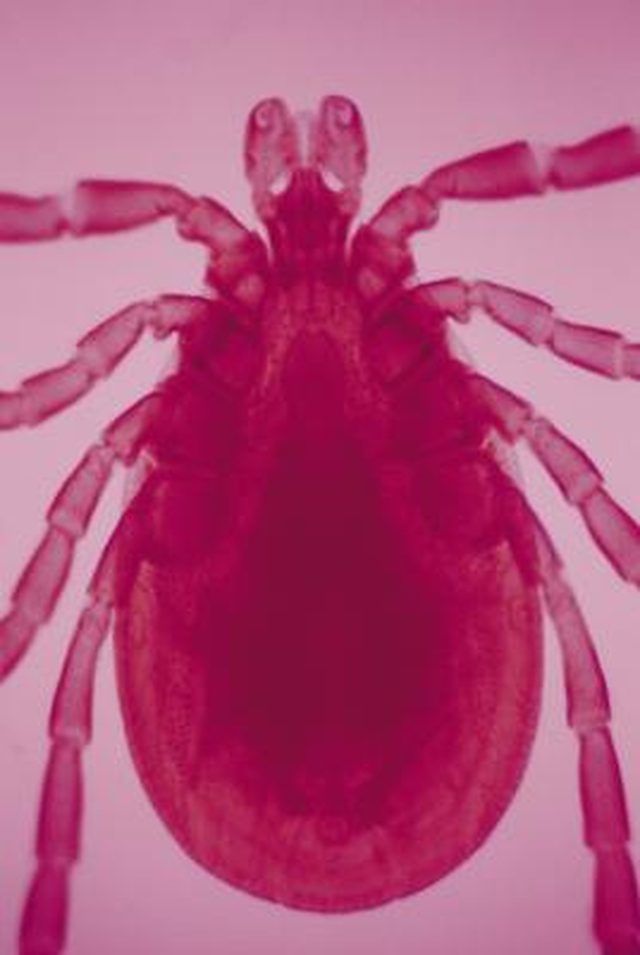Bulbs
Flower Basics
Flower Beds & Specialty Gardens
Flower Garden
Garden Furniture
Garden Gnomes
Garden Seeds
Garden Sheds
Garden Statues
Garden Tools & Supplies
Gardening Basics
Green & Organic
Groundcovers & Vines
Growing Annuals
Growing Basil
Growing Beans
Growing Berries
Growing Blueberries
Growing Cactus
Growing Corn
Growing Cotton
Growing Edibles
Growing Flowers
Growing Garlic
Growing Grapes
Growing Grass
Growing Herbs
Growing Jasmine
Growing Mint
Growing Mushrooms
Orchids
Growing Peanuts
Growing Perennials
Growing Plants
Growing Rosemary
Growing Roses
Growing Strawberries
Growing Sunflowers
Growing Thyme
Growing Tomatoes
Growing Tulips
Growing Vegetables
Herb Basics
Herb Garden
Indoor Growing
Landscaping Basics
Landscaping Patios
Landscaping Plants
Landscaping Shrubs
Landscaping Trees
Landscaping Walks & Pathways
Lawn Basics
Lawn Maintenance
Lawn Mowers
Lawn Ornaments
Lawn Planting
Lawn Tools
Outdoor Growing
Overall Landscape Planning
Pests, Weeds & Problems
Plant Basics
Rock Garden
Rose Garden
Shrubs
Soil
Specialty Gardens
Trees
Vegetable Garden
Yard Maintenance
How to Remove Ticks Without Tweezers
How to Remove Ticks Without Tweezers. Ticks are small, biting insects that adhere to the skin of people and pets alike in order to feed. The most dangerous part of being bitten by a tick is the chance of contracting Lyme disease, although it is important to remember that not all ticks are infected. One of the most effective ways of removing a tick...

Ticks are small, biting insects that adhere to the skin of people and pets alike in order to feed. The most dangerous part of being bitten by a tick is the chance of contracting Lyme disease, although it is important to remember that not all ticks are infected. One of the most effective ways of removing a tick is with a pair of tweezers, but these may not always be available.
Things You'll Need
Forceps or smooth pliers
Gloves
Jar of alcohol
Put gloves on to remove the tick. Removal should not be attempted with bare hands, as the tick can easily latch on to the person trying to remove it or release toxins into the bare skin. Latex or surgical gloves will work well, protecting the hands while not interfering with movement.
Find a tool to replace the tweezers. Use needle-nosed pliers or forceps. The head of the tool should be small enough to grip the tick without crushing it, and the inside should be smooth to keep from tearing the body and releasing toxins.
Grab the tick as close to the skin as possible, gently, not squeezing hard enough to crush the insect. When ticks bite, they latch onto the victim with mouthparts; different types of ticks have different types of bites, and holding the tick as close as possible to the skin will help remove the tick without leaving pieces behind.
Draw the tick out of the skin with a smooth, gentle motion, continuing to be careful not to squeeze the tick. As long as there is a connection between the tick and the skin, infection can be passed into the body and will be released if the tick's body is squeezed. Be sure the movement is straight and along the same angle at which the tick's body is positioned to prevent breaking and tearing.
Place the tick in a jar of alcohol to kill it.
Wash the area thoroughly with soap and water, and apply a disinfectant solution in case there is the presence of any type of bacteria. It may be necessary to also remove the mouthparts of the tick; if these parts are left behind, this does not increase the likelihood of infection.
Tips & Warnings
Wait until after the tick has been removed to put disinfectant on; early application can result in the irritation of the tick and transfer of bacteria.
There are a number of folk remedies for the removal of ticks, and many of them do not work. Some, including using soap to get the tick to let go or burning the tick off will increase the likelihood of infection by prolonging the amount of time the tick is attached and the trauma to the tick's body.